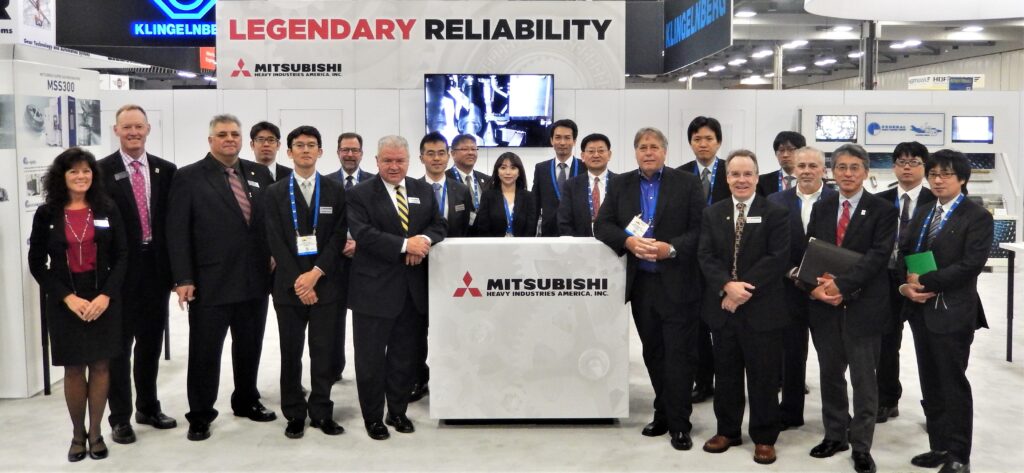 After 33 years in the machine tool business, you’re set to retire this month. Would you take us on a walk through your career?
After 33 years in the machine tool business, you’re set to retire this month. Would you take us on a walk through your career?
I really started before that, working in the Machine Tool Lab at the University of Michigan. Summertime while in school I ran a lathe in my future father in law’s machine tool shop. Upon graduation in early 1983, I went to work for the Honda Motor Company in Torrance, California. Several months later having difficulty making ends meet, I rejoined my wife of the time, who was in law school in Detroit, and ended up going to work for her father’s job shop learning the machine tool business. In 1987, I was recruited by the local Mitsubishi Machine tool dealer and found immediate success. As I learned more about Mitsubishi, I gravitated toward its gear machines. There really wasn’t a lot of competition in that area at the time. That was right when the big Saturn automotive project was getting off the ground in Spring Hill, Tennessee, and we played a big role in that, providing them with 20-30 lathes and 15 gear shaving machines. In 1989 I joined Mitsubishi International Corporation, the importer for MHI in the United States. In the 1990’s I worked on various projects like the Ypsilanti, Michigan, and Muncie, Indiana, GM plants, while I was also selling to job shops in the Detroit area. The problem was MHI had an office in Chicago at the time, and other reps in the U.S., but it wasn’t coordinated all that well, so I approached them in 1999 and said “I’d like to consolidate these efforts and spearhead North American operations myself.” They agreed, and I’ve been overseeing the Mitsubishi Gear Technology Center in Wixom, Michigan, ever since.
You’ve had a front-row seat to a lot of advances in the machine tool industry over the years. What do you think some of the most important milestones have been?
I think dry cutting with high-speed steel tools is something I never would’ve expected. We worked primarily with Balzers (Oerlikon) on coating technologies in the early days, but they’ve come so far that these types of cutting tools are no longer as exotic and expensive as they once were. To be able to work with an 8620 blank without coolant is really a great thing to see. And, as is always the case, advents in one technology always drives improvements in others, so spindle speeds have needed to be raised in order to meet the potential these cutting tools can provide, so the whole systems ends up being tightened up and made more robust.
 How about changes in the marketplace, in terms of how and where machine tools are inventoried and distributed?
How about changes in the marketplace, in terms of how and where machine tools are inventoried and distributed?
One advantage we have over most of our competitors is that we stock a lot of machines. Where some OEMs might have a machine or two in stock, we’ll have 20 or 30 hobbers, shapers, or grinders ready to ship at any given time. And when it comes to customization, that can be handled in a number of ways, but it really comes down to the customer’s needs. Smaller shops usually need the machine tool immediately, so they want to get it on their plant floor and will handle the integration of any necessary automation or robotics themselves, while larger operations with larger budgets, who can plan months out and might have more specific requirements, can give us more time to handle their customization needs prior to the ship date.
So what does the future hold for you, Tom?
My wife, Cayce, and I are building a new home on the waterfront in North Carolina. We’re designing it from that ground up, so while it’s being built we’re going to pack up our dog and travel around the country in an RV towing a Jeep Wrangler behind us. This is something we’ve never done, so I’m looking forward to the idea of having no set agenda. We’ve got a great staff at the Mitsubishi Gear Center, and we’re seeing the market begin to come back to life, so I’m confident that we have every reason to feel good about what the future holds for the machine tool industry.





















